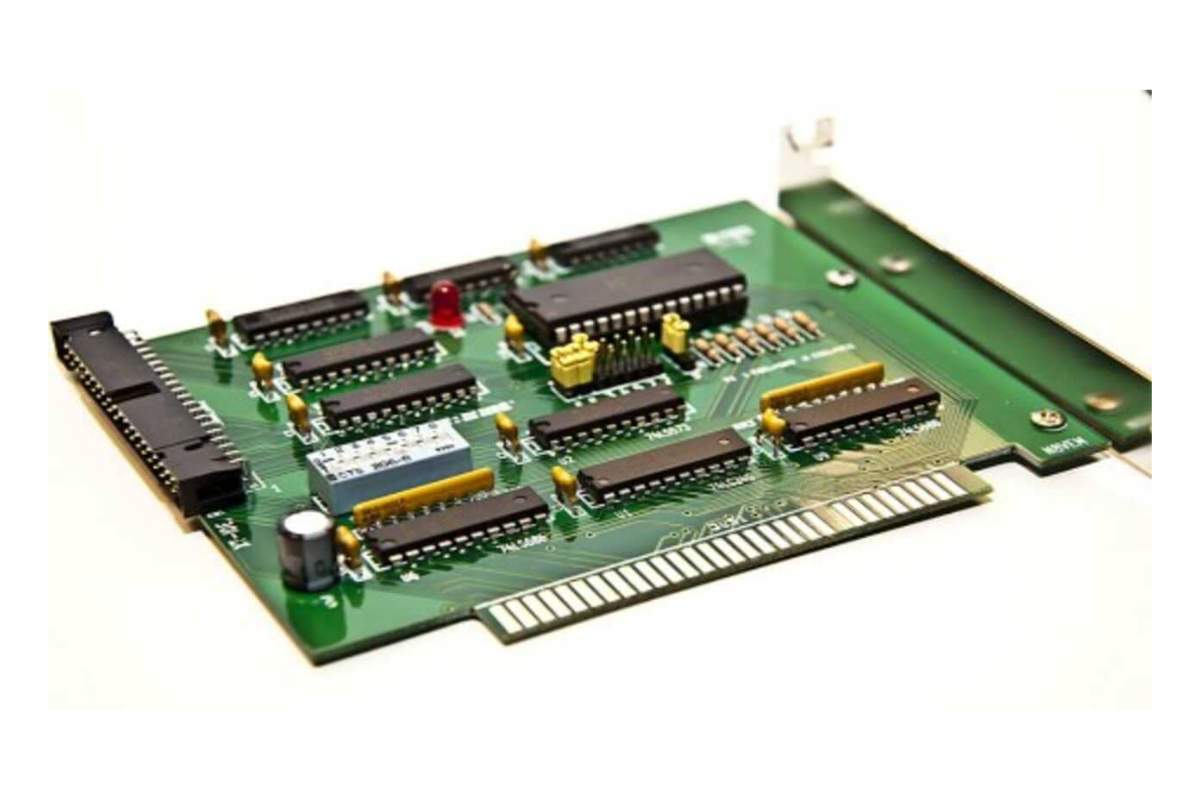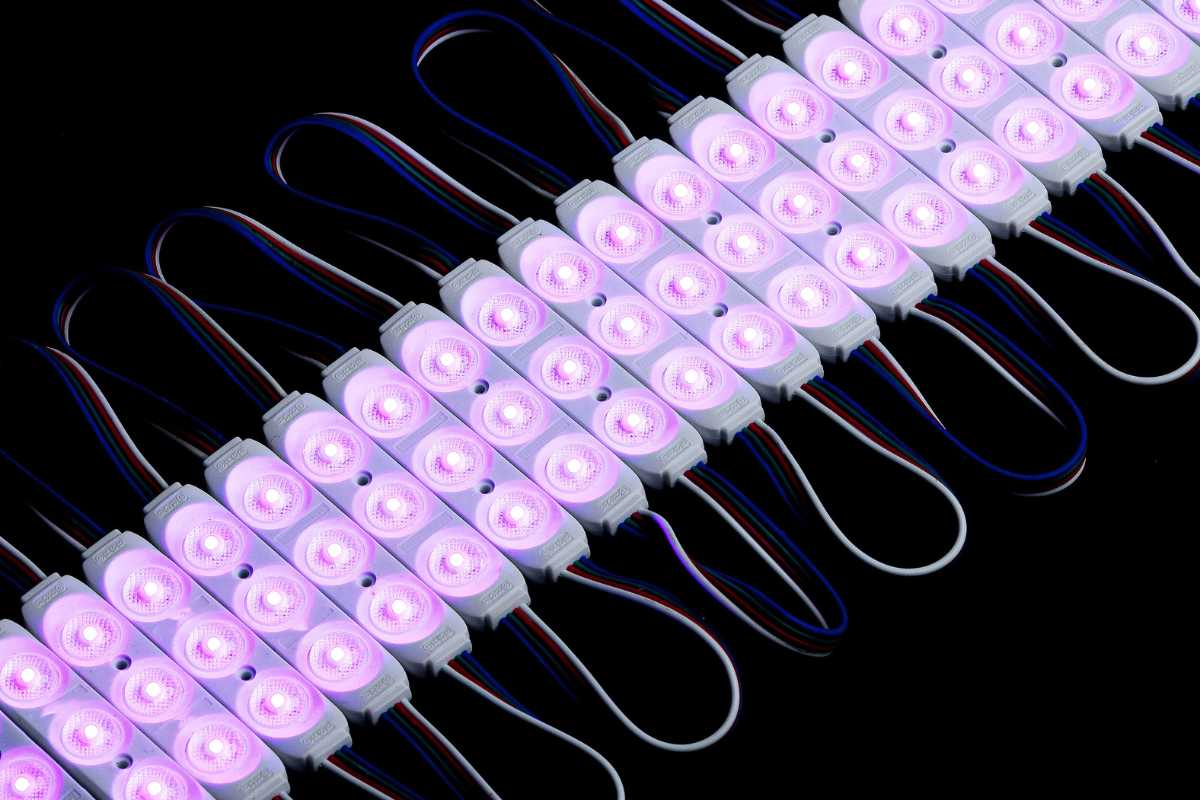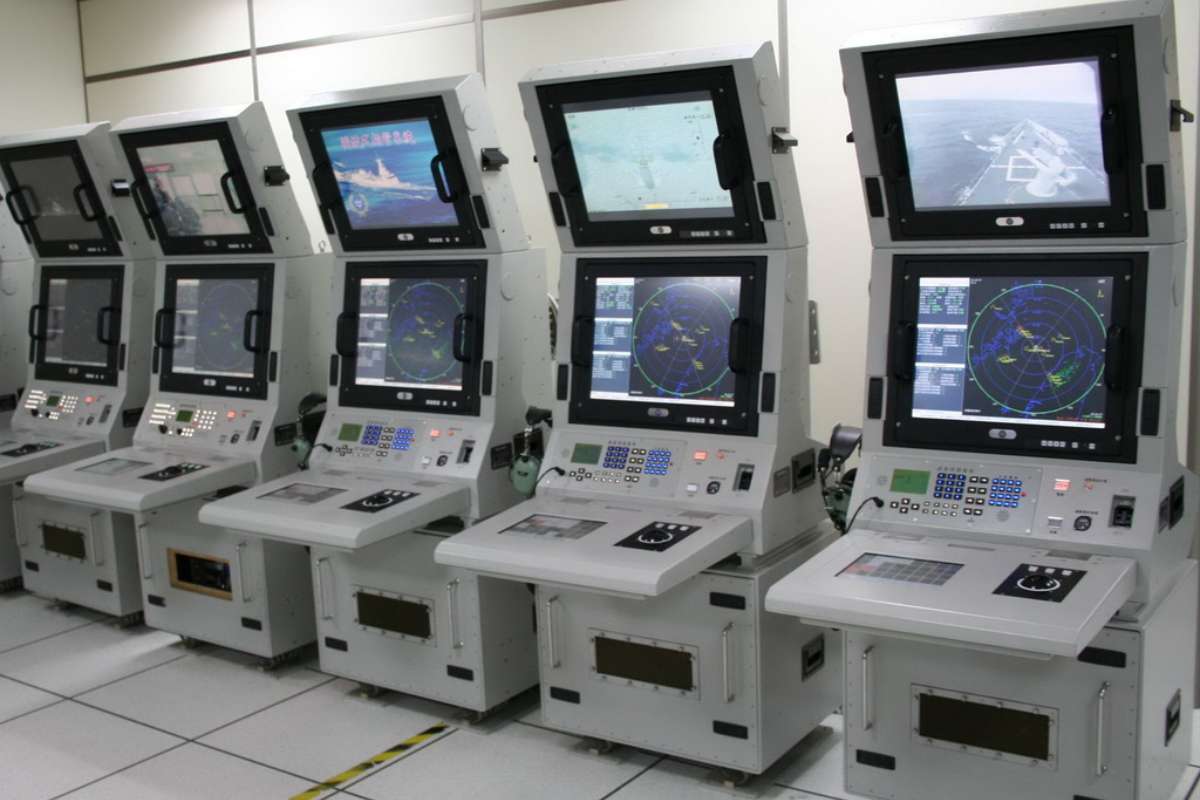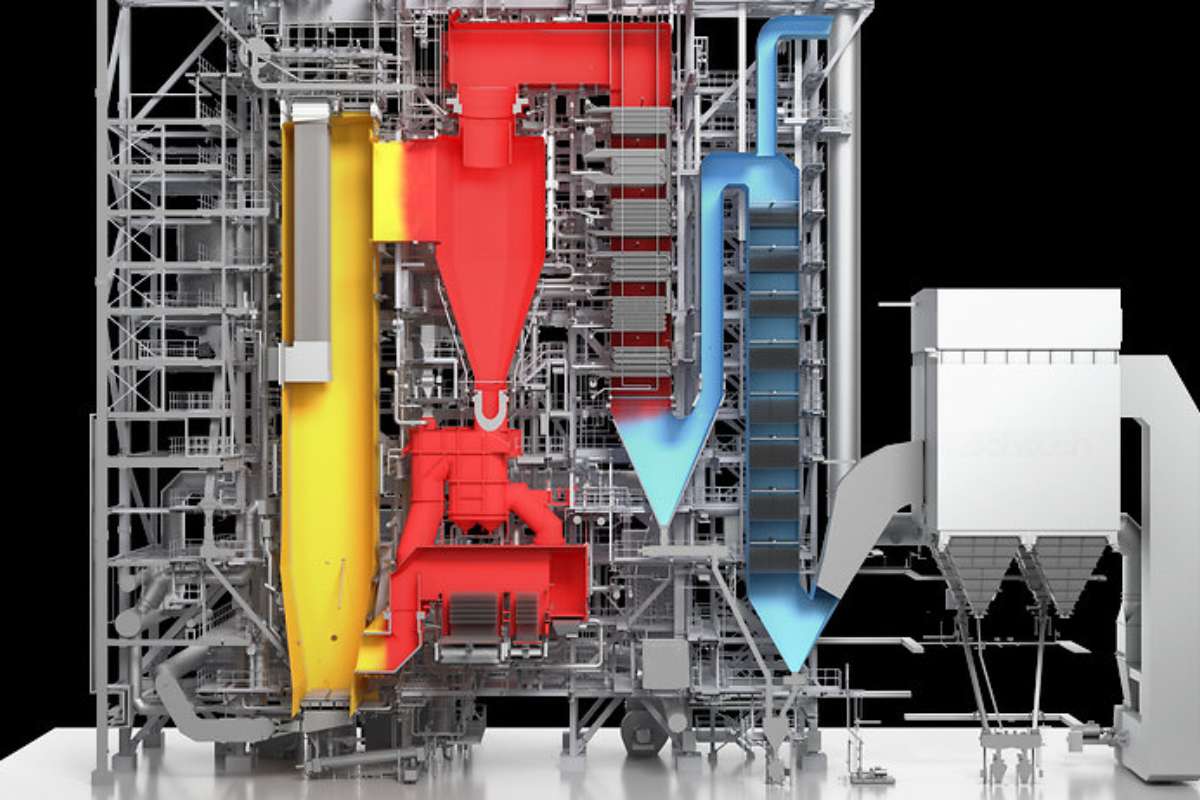During these times of change in the field of electronics, highly scaled and effective packaging solutions are highly in demand. In this respect, one of the main inventions can be considered that of a multi-chip module or, in short, MCM. As technology advances day by day, people want more compact and effective electronic gadgets. Knowledge regarding MCM in this respect will be very useful not only for the industrialists who have involved themselves in this field but also for all others who have an interest in this field. The coverage of this blog comprises multi-chip modules, advantages of multi-chip modules, applications, types, and comparison with a traditional integrated circuits packaging form.
What is a Multi-Chip Module?
An advanced packaging technique known as a multi-chip module (MCM) or Hybrid integrated circuit, connects various integrated circuits (ICs) in one packaging unit. Individual chips cannot do complex functions as effectively as integrated circuits contained within the same package that make up the MCM. Higher component density, reduced size, and enhanced performance are among the benefits that MCMs provide compared to traditional ICs.
Advantages of Multi-Chip Module
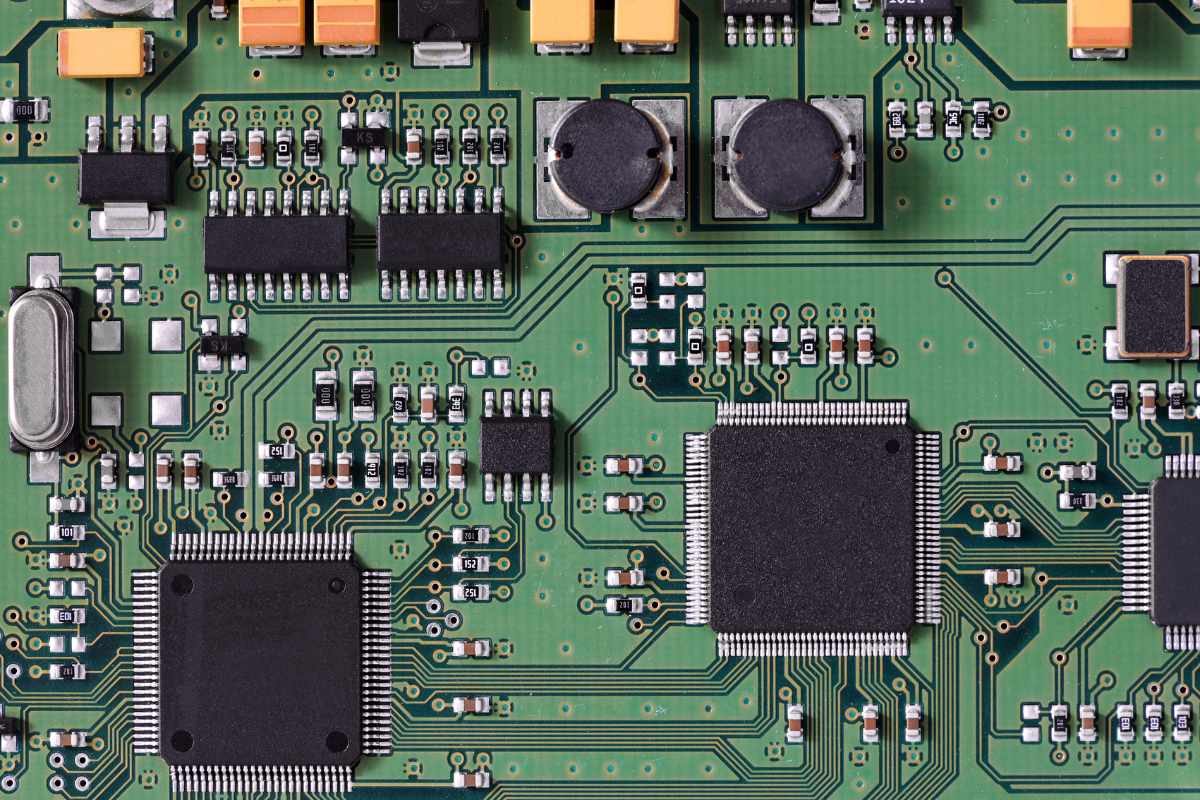
Hybrid integrated circuits offer several significant advantages over traditional integrated circuit (IC) packaging. These benefits are pivotal in advancing electronic device performance and efficiency. Here’s a closer look at these advantages:
- Increased Functionality: By combining multiple chips into one module, MCMs allow for greater functionality without increasing the size of the device.
- Enhanced Performance: MCMs can reduce the distance between components, leading to faster signal transmission and improved overall performance.
- Space Efficiency: MCMs help minimize the space required for electronic components, making them ideal for compact devices where space is a premium.
- Reduced Interconnect Complexity: Integrating multiple chips into a single package reduces the number of interconnections needed, simplifying the overall design and improving reliability.
- Types of Hybrid Integrated circuit: There are several types of Hybrid integrated circuit, each designed for specific applications and requirements. Understanding these types can help in choosing the right MCM for a given application.
- Hybrid MCMs: These modules integrate different types of ICs, such as analog, digital, and mixed-signal chips, into a single package. They are used in applications requiring a mix of different functionalities, such as in telecommunications and automotive systems.
- Integrated Circuit (IC) MCMs: This type of MCM integrates multiple identical ICs into one package. It is commonly used in high-performance computing and memory applications.

- System-in-Package (SiP): SiP is a type of MCM that integrates an entire system or subsystem into a single package. This type is often used in consumer electronics like smartphones and tablets, where space and power efficiency are critical.
Applications of Multi-Chip Module
Hybrid integrated circuit are used in a wide range of applications across various industries. Some common applications include:
| Applications | Description |
| Telecommunications | In telecommunications, MCMs enhance performance and space efficiency in routers and switches, optimizing them for high-speed data transmission. |
| Automotive | The automotive industry uses MCMs for ADAS, ECUs, and infotainment systems, where reliability and compactness are essential in harsh conditions. |
| Consumer Electronics | In consumer electronics like smartphones and laptops, MCMs provide compact, high-performance solutions, enabling slim designs and enhanced functionality. |
| Medical Devices | MCMs are crucial in medical devices, such as diagnostic tools and implants, where their reliability and precision ensure accurate performance. |
Multi-Chip Modules vs. Traditional IC Packaging

When comparing MCMs to traditional IC packaging, several key differences and advantages emerge:
- Size and Form Factor: MCMs offer a more compact form factor compared to traditional IC packaging. This is particularly advantageous in applications where space is limited.
- Performance: The reduced distance between chips in an MCM results in faster signal transmission and improved performance. Traditional IC packaging may suffer from slower speeds due to longer interconnect paths.
- Complexity: MCMs can simplify the overall design by reducing the number of interconnections needed between components. Traditional IC packaging may require more complex interconnects, leading to potential reliability issues.
- Cost: While MCMs offer many advantages, they can be more expensive to produce compared to traditional IC packaging. The choice between MCMs and traditional packaging often depends on the specific requirements of the application and budget constraints.
Benefits of Hybrid integrated circuit
The benefits of Hybrid integrated circuit extend beyond their technical advantages:
| Benefits | Description |
| Improved Reliability | MCMs improve reliability by reducing interconnections and failure points in devices. |
| Faster time-to-market | MCMs speed up development and reduce time-to-market for products. |
| Reduced power consumption | MCMs reduce power use by shortening component distances and boosting signal efficiency. |
Multi-Chip Module Design Challenges
Despite their advantages, designing a Hybrid integrated circuit comes with its own set of challenges:
| Challenges | Description |
| Thermal Management | MCMs require advanced thermal management for reliable module operation. |
| Design Complexity | Designing MCMs involves the complex integration of diverse chips and advanced tools. |
| Manufacturing Costs | MCMs cost more than traditional IC packaging but offer benefits. |
Conclusion
The multi-chip module is one major development in electronic packaging technology. It combines multiple chips in one module, bearing various advantages relating to increases in functionality, performance, and space efficiency among others. MCMs find applications in various fields that range from telecommunications and consumer electronics based on the requirements of the equipment, including advantages such as high reliability and low power consumption. The design and manufacturing processes of MCMs have various challenges too, such as thermal management and design complexity.
As technology advances, Hybrid integrated circuits will no doubt be key determinants of the future of electronic devices. Benefits and challenges accruing to MCMs will help industry professionals and technology enthusiasts make informed decisions for their course of action to ensure they remain competitive in these rapidly changing times.
Also Read: The Performance of Electronic Devices: Key Factors and Innovations


